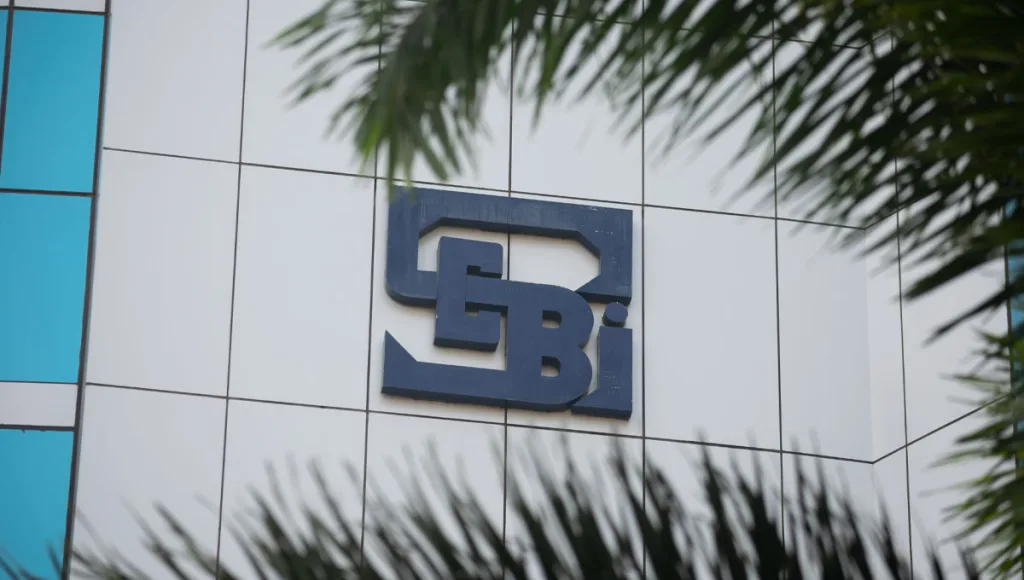The Securities and Exchange Board of India (SEBI) is considering significant changes to minimum dilution requirements for large Initial Public Offerings (IPOs), potentially reshaping India’s capital markets landscape. These proposed reforms could make it easier for mega-corporations to go public while maintaining greater promoter control.
Table of Contents
Current vs. Proposed IPO Dilution Framework
Under existing regulations, companies with post-issue market capitalization exceeding ₹4,000 crore must offer at least 10% of their equity to the public during IPO. However, SEBI’s new proposal introduces a more flexible structure for large enterprises.

Key Changes in SEBI’s Proposed Framework
The market regulator is proposing that companies with post-listing capital exceeding ₹10,000 crore will only need to sell 5% of the company to the public, allowing promoters to retain 95% shareholding for a fixed period. This represents a significant shift from the current 10% minimum requirement.
| Company Size | Current Dilution | Proposed Dilution | Timeline to 25% |
|---|---|---|---|
| Below ₹4,000 cr | Variable | No change expected | 3 years |
| ₹4,000-₹10,000 cr | 10% minimum | Likely 10% | 3 years |
| Above ₹10,000 cr | 10% minimum | 5% minimum | 5 years |
Why SEBI is Considering These Changes
The proposed reforms address several market realities that have emerged in India’s rapidly growing economy. Large corporations often hesitate to go public due to the substantial dilution requirements, which can result in significant loss of promoter control immediately upon listing.
This regulatory flexibility could encourage more mega-corporations to list on Indian exchanges, potentially bringing in massive capital and improving market depth. The extended timeline to achieve 25% minimum public shareholding also provides companies with breathing room to adjust their ownership structures gradually.
Impact on Different Stakeholders
For Companies and Promoters
The reduced dilution requirement offers several advantages:
- Retained Control: Promoters can maintain 95% ownership initially
- Reduced Capital Requirement: Lower equity dilution means less fundraising pressure
- Gradual Transition: Extended 5-year timeline provides flexibility for future dilutions
For Retail Investors
While the changes benefit large companies, retail investors might face:
- Limited Initial Supply: Only 5% shares available at IPO stage
- Higher Competition: Reduced float could increase demand and pricing pressure
- Long-term Opportunities: Gradual dilution over 5 years may provide more entry points
Market Implications and Expert Views
Industry experts suggest these changes could significantly boost IPO activity among large enterprises. The proposal aligns with global practices where many developed markets allow flexible dilution structures for mega-corporations.
However, concerns remain about market liquidity and price discovery with such limited initial public float. The success of this framework will largely depend on how companies utilize the extended timeline to achieve broader public participation.
Current SME IPO Changes Context
Interestingly, while SEBI considers easing norms for large IPOs, it has simultaneously tightened rules for Small and Medium Enterprise (SME) IPOs. The minimum application size for SME IPOs is now set at two lots valued above ₹2 lakh, replacing earlier lower thresholds, effective July 1, 2025.
This contrasting approach suggests SEBI’s strategy to encourage large corporate listings while ensuring only serious investors participate in smaller offerings.

Timeline and Implementation
While SEBI has floated these proposals through consultation papers, no definitive timeline has been announced for implementation. The regulator typically seeks public feedback for 30-45 days before finalizing such significant regulatory changes.
Market participants expect these rules, if approved, to take effect in the latter half of 2025, potentially coinciding with several anticipated large IPOs in the pipeline.
What Investors Should Watch For
Key Monitoring Points:
- Final regulatory notification from SEBI with specific implementation dates
- Market response from large private companies considering IPOs
- Liquidity impact on newly listed large companies with limited float
- Long-term dilution strategies announced by companies utilizing these norms
Stay updated with our comprehensive IPO coverage and market regulation updates to track these developing changes and their market impact.
For the latest SEBI regulations and official announcements, investors should regularly check the official SEBI website for authentic updates and consultation papers.
FAQs
Q: When will SEBI’s new IPO dilution norms take effect?
A: SEBI hasn’t announced a definitive timeline yet. The proposals are currently in consultation phase, with implementation expected in the latter half of 2025 pending public feedback and final regulatory approval. Companies and investors should monitor official SEBI announcements for confirmed dates.
Q: Will these changes apply to all IPOs or only large companies?
A: The proposed relaxed dilution norms specifically target large companies with post-listing market capitalization exceeding ₹10,000 crore. Smaller companies below the ₹4,000 crore threshold will continue under existing variable requirements, while the ₹4,000-₹10,000 crore segment likely maintains the current 10% minimum dilution requirement.








